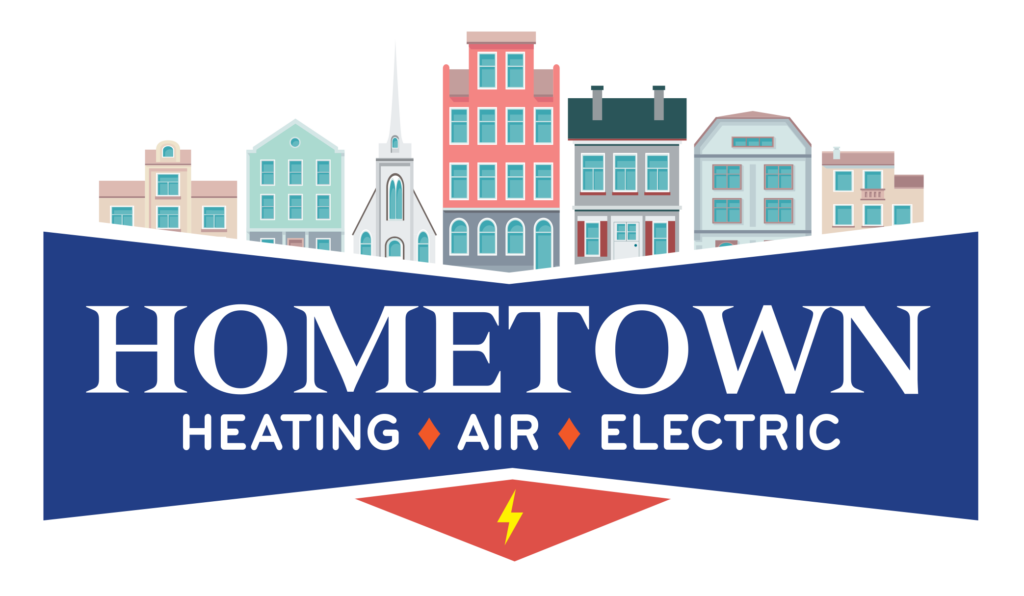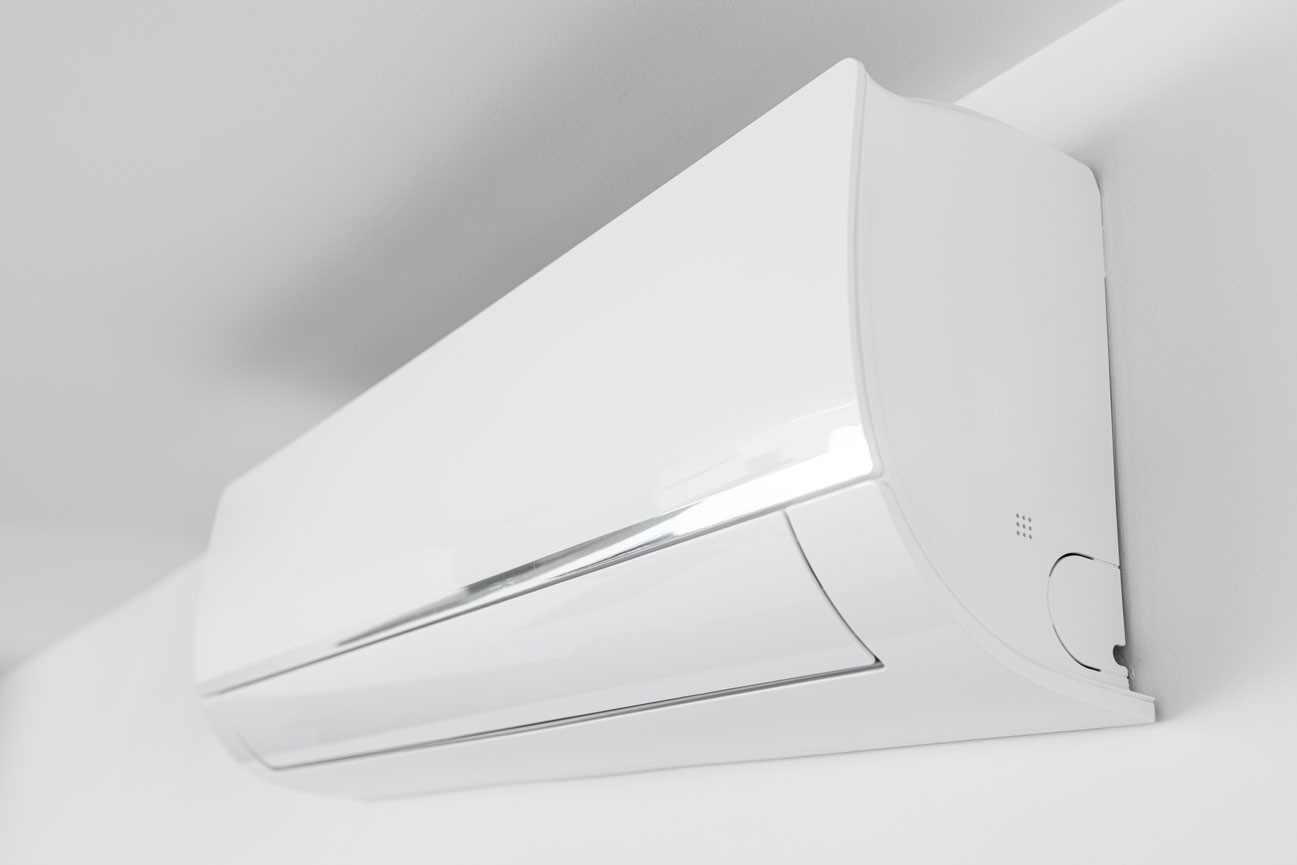The humid Wisconsin summers mean that your air conditioner often has to work overtime to keep your home cool. As a result, we often get questions from customers asking if it’s okay for their air conditioning to run constantly. The answer is yes, it is fine if you leave your air conditioning constantly switched on. However, the condenser unit shouldn’t run constantly as this will quickly cause the motor to burn out. Moreover, if the condenser unit is running continuously, this indicates that your AC system isn’t working properly and needs to be repaired. To understand why, let’s take a look at cooling cycles to see how long the condenser unit should run under normal conditions.
Understanding Cooling Cycles
The condenser unit is the part of the air conditioning system that sits outside the home, and it serves two primary purposes. The first is to supply cold refrigerant liquid to the evaporator coil inside the indoor air handler unit, and the second is to release heat outside the home and compress the refrigerant back into a liquid.
As hot air passes over the evaporator coil, the refrigerant absorbs much of the heat from the air. This causes the refrigerant to heat up and turn from a liquid to a gas. The hot refrigerant then travels back out to the condenser where it flows through another series of coils to allow the heat to be released into the air outside. Finally, the condenser forces the cooled refrigerant through a compressor, which turns the refrigerant back into a liquid.
Your thermostat signals the condenser to turn on and start this cycle when the house gets warmer than the temperature the thermostat is set to. Once the condenser unit is on, it should run for approximately 15 to 20 minutes before switching off again. Typically, the condenser will perform two full cycles every hour or possibly three cycles in hotter or more humid conditions.
If the condenser runs more frequently than this, it usually indicates that the system is short-cycling. This essentially means that the condenser unit is shutting off before completing a full cycle. When this happens, the unit will typically attempt to start a new cycle immediately, which means the system will run almost constantly. Short cycling leads to increased energy use as well as greater wear and tear on the condenser. If not taken care of, the problem will usually cause the condenser to burn out and need to be replaced.
Common Causes of Short-Cycling
Numerous issues can cause a condenser to short-cycle. One of the most common causes is a clogged air filter, and this issue can be overcome simply by replacing the air filter. To prevent this, all you need to do is make sure to replace your filter at least once every one to three months.
Short-cycling can also occur if the condenser is either oversized or undersized. If the unit is too small, it will need to run almost constantly since it isn’t powerful enough to properly cool the home. If the unit is too big, the thermostat will typically signal it to turn off before completing a full cycle. In both cases, the problem will lead to higher energy bills and decreased home comfort. In these situations, your only real option is to replace the unit with one that is the appropriate size for your home.
Short cycling can also indicate that there is a leak in one of the refrigerant lines. If the system doesn’t have enough refrigerant, it won’t be able to properly absorb heat from inside the home and thus will need to run almost constantly. This issue can also cause either the evaporator coil in the air handler or the condenser coil in the condenser unit to freeze up. If you attempt to run your air conditioning while it is frozen, it will quickly cause the condenser motor to overheat and burn out. To prevent this, it is important that you not turn the AC on until you have a technician repair the leak and add more refrigerant into the system.
Professional AC Repairs and Maintenance
If your condenser is short-cycling or you’re experiencing any other issues with your air conditioning system, the experts at Hometown Heating, Air & Electric are here to help. We are available 24/7 for emergency repairs, and our NATE-certified technicians can repair and maintain all AC makes and models. We also specialize in air conditioner installation and replacements as well as a full range of heating and electrical services. With two locations in Cedarburg and Brookfield, we serve customers throughout the greater Milwaukee area. For more information or to schedule service, give the team at Hometown Heating, Air & Electric a call today.


